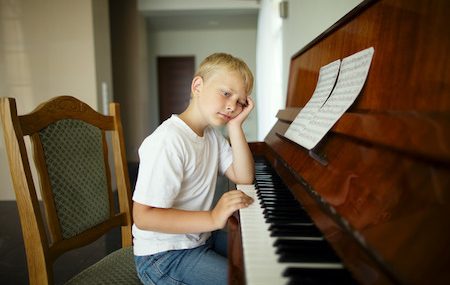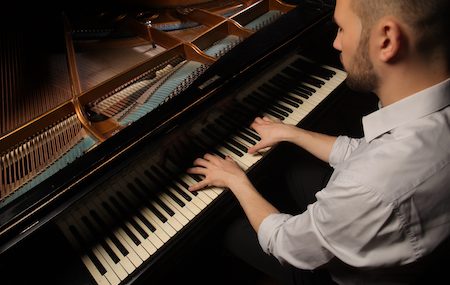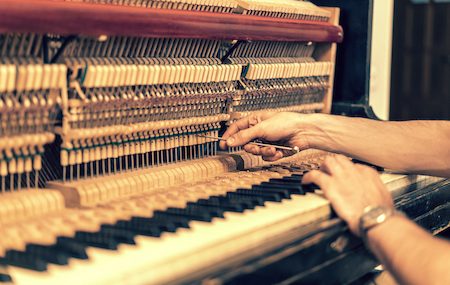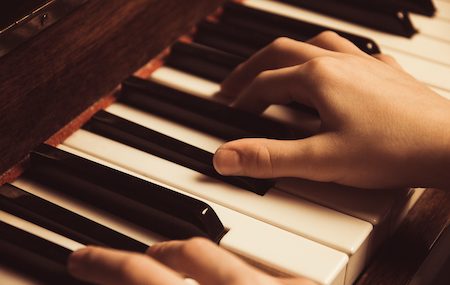Running a piano business is an ebb and flow of keeping your students excited.
For many, students get started in new directions in August and September as the temperatures cool down and we start spending more time inside. It’s fun to dig into new pieces and discover talent all over again.
Yet after weeks of practice, as the days grow shorter, attention spans start to wane in late October or early November. That’s when preparing for a Christmas recital can add pizzazz back into your piano students’ routine.
The best place to start is by selecting your piano recital date and moving backward for planning purposes. Whether you meet in person or handle everything virtually, your students should feel prepared, not overwhelmed.
Because a lot happens in the month of December, select a date that works for your students. The end of November or early December is often best.
Then have each student choose their favorite music. You can help by ensuring the music they select is skill-appropriate. Will they have enough time to learn the piece? Will it be enough of a challenge to keep them on their toes?
Stress that this process shouldn’t overwhelm. If they enjoy a song, it’s often easier to play the tune.
Like other music they learn, they don’t have to be good at playing the very first time they sit down with the music. Break it up into sections, giving them a chance to learn the song in small bursts. Then put it all tougher when they’re comfortable with the individual sections.
You can also work with your students to create different themes. Maybe you’ll focus on winter wonderland, or how about a gingerbread theme? This gives an added boost of excitement to the recital, knowing everyone who participates will approach the theme in their own unique way.
As a teacher, you stress to your students that repetition is key. This is especially true now that a deadline is in place. Continue to stress that to your students as the big day approaches. Keep fun in the process by adding to the theme. Maybe they collect gingerbread stickers by practicing and achieving goals. If they receive enough, they get a “holiday surprise” on the day of the recital.
On the day of the event, being present is everything. Make it a fun process for you, your students, and their families. While listening to every performance is key, you can incorporate other short games and projects into the process to keep everyone entertained.
Make this a day to remember! It’s something your students will look forward to each and every year.











